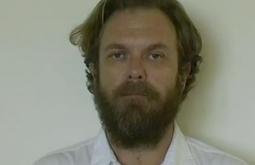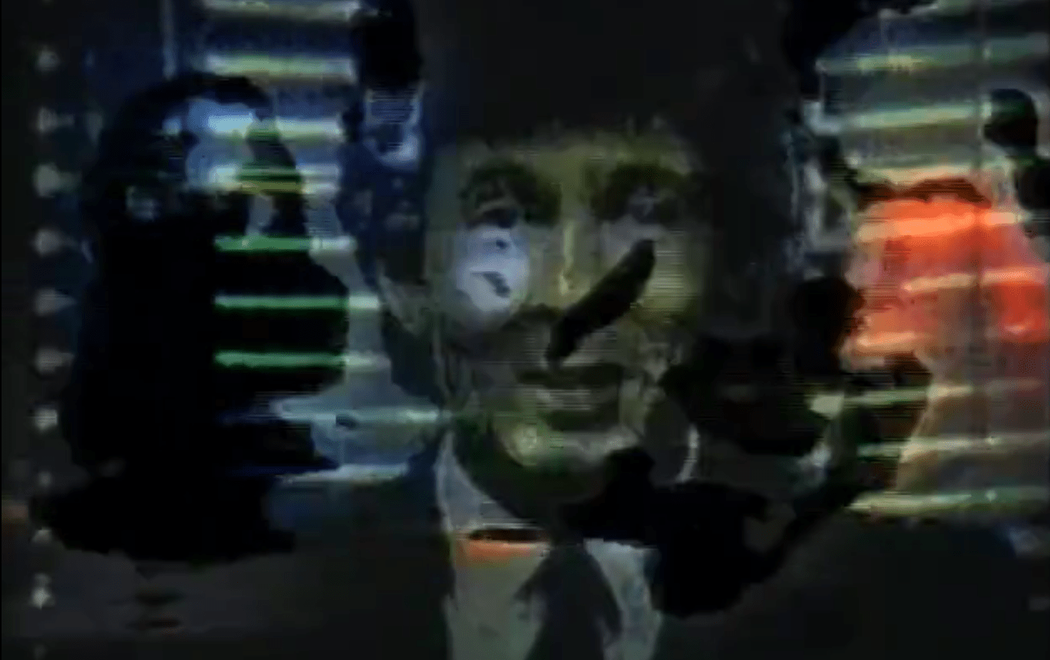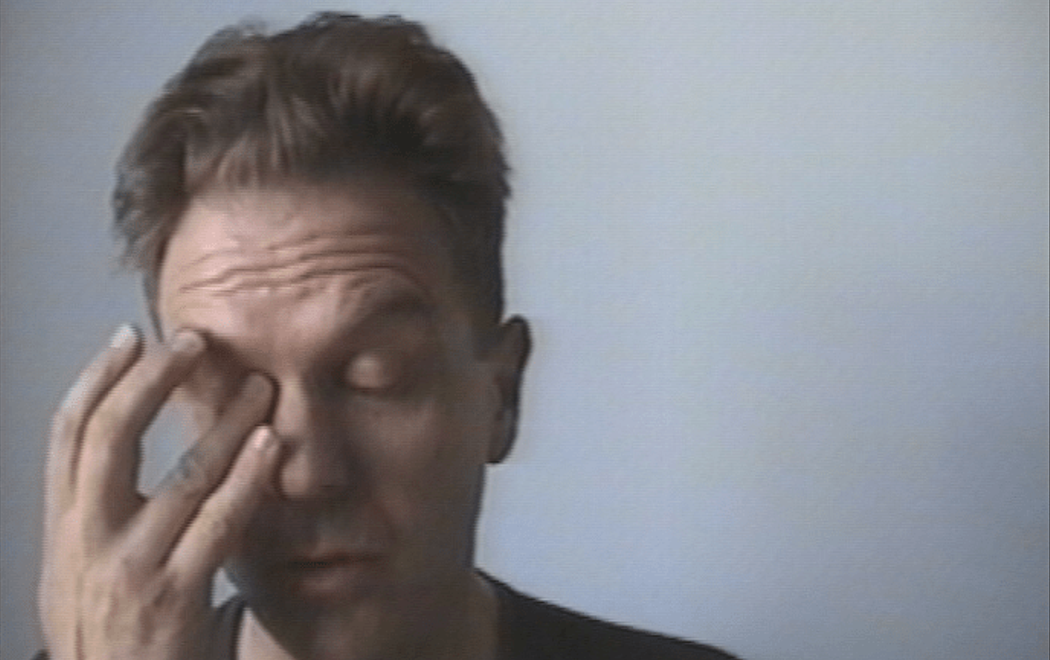In this disk (1 of 2) Dashper is interviewed on three occasions.
Interview #1
(00-31:02) is conducted in New York on 3.30pm, 15 July 15, 2001. Interview by Hamish Kilgour, an ex-patriate New Zealand musician based in New York.
Dashper discusses his Fulbright Scholarship in the United States, his research interests of neo-minimalism and how contemporary artists maintain their archives. He is asked about America as 'a home' for the art he is interested in. He talks about traveling in the United States. His discusses his residency at the Chenati Foundation in Marfa, Texas and his working methods.
He talks about the role of the curator, writer, art gallery director as “play(ing) along to the sounds the artist is making... there's an element of the person playing the air guitar wants to be a musician but can't be, etc... so they do it in a third person sense.” He continues—“it's very similar to my drum pieces ... how the artist was positioned in terms of our culture as rhythm keeper... the person that always had the most stuff to carry, they always had to turn up first to the gig, and they always were the last to leave... the flamboyant people who got all the press, so to speak, were just the ones who turned up and did funny dances in front of the drum.”
He discusses the richness of simple geometric shapes. He talks about travelling.
Interview # 2
(31:03-57.40) on this disk, is conducted at 11.20am 18 July 2001. Interview by Hamish Kilgour.
Dashper talks about the wanting to see four seasons as a reason for undertaking the year-long Fulbright scholarship.
He discusses travel and compares various methods of recording and understanding journeys, describing writing and drawing as a “more complex and complete way to record” than photography. He discusses how contemporary American artists maintain their archives. He notes that the history of art is told through archives, and cites the correspondence between Theo and Vincent Van Gogh. He describes own personal archiving methods. He describes his conversations with archivists from the Flavin Archive. He notes the open question of whether one should archive emails and phone messages. He notes his interest in how a creative person “can create a new reality by misinterpretation.”
Interview concludes at 11.45am after the the camera operator (Hamish Kilgour) requests a break. An attempt to recommence the interview at 12.30pm is abandoned due to technical issues with the camera.
Interview #3
(57:41- 01:57:15) on this disk, is conducted on Thursday 18 October 2001, by Steffen Boddeker, Public Affairs Administrator, Chenati Foundation, Martha, Texas. Recorded in the Print Room at the Chenati Foundation.
Dashper and the interviewer discuss how they have worked together previously to make the recording The Last Great Art of the 20th Century. Dashper talks about arriving in Marfa with his family. Dashper discusses the Fulbright and how artists undertake research. He notes that outcomes of a residency “may not be tangible or leak into my work for some time.”
He describes the events of September 11 as having “left him connected to America in a different way than I thought I would”, noting transformation of his view of USA as an international nation to understanding it as a country in it's own right. He discusses the experience of living through the changing seasons in America.
He talks about his experience of the residency, the structure of his working day. He talks about choosing not to make an exhibition for the residency, preferring to examine “new ways or working, new ways of thinking.” He talks about his research around the practice of artists archiving their own work, and cites two artists' motivation for maintaining their personal archives. He speculates whether the decision to be “a pack rat” is influenced by the artists star sign. He describes his own sense of the value of archives—”I don't think an artist fully understands their work in their lifetime. (An archive) gives the artist an opportunity to be understood or recontextualised at a later date.” He describes this as important in the context of current museum practices which he says often present contemporary art with very descriptive framing.
The interviewer and the artist talk about the record they recorded together. The interviewer talks about the distribution of a record as a public distribution/realisation of an archive. Dashper—“This recording we're making now will be turned into a DVD... and will form a principal part of the exhibition it's planned for... and it gonna be produced by the Texas Gallery in Houston in multiple editions so people will be able to buy it but also it will be an artwork as well, and it's exact role as an artwork is unclear, and that interests me.”
They discuss possible presentation strategies—“If I had to make the exhibition tomorrow, the DVD would be projected on as large a television as possible, the kind of TV you seen in bars with a large perspex or plexiglass screen, or else it will projected directly onto the gallery wall people in the audio visual room. My plan is for people to be able to sit down and watch this.” He says he is unsure where the next part of the DVD will be made. Dashper says he is looking forward to the DVD being a aesthetically satisfying object.
He talks about producing an upcoming series of records for Texas Gallery. The interview/conversation begins to lose momentum. A female voice (the camera operator?) is heard off camera. Interviewer thanks Dashper for the wine.
Female voice asks—“Are you ready to leave Julian?” Dashper replies—“The Print Room?” Female voice—“To exit the video.” Dashper—“No.”
Video ends.


